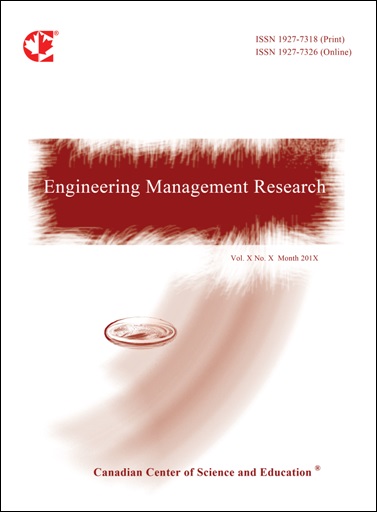Interlocking Block Masonry (ISSB) for Sustainable Housing Purposes in Thailand, With Additional Examples From Cambodia and Nepal
- Jan Bredenoord
- Wutinai Kokkamhaeng
- Pichit Janbunjong
- Ongarj Nualplod
- Suwatchai Thongnoy
- Wasana Khongwong
- Piyalak Ngernchuklin
- Aparat Mahakhant
Abstract
This paper is about Interlocking Stabilized Soil Blocks (ISSB) as developed in Thailand. ISSB are seen as an eco-friendly building material for home building and structures such as water tanks and sanitation facilities. For several decades the Thai R&D Institute TISTR has worked on developing and testing ISSB, which in other countries are called compressed stabilized earth blocks or CSEB. The composition of building blocks and the quality of building structures determine together the structural quality of the house or building. If there is a need for earthquake- and storm resistance, the building blocks and the structures must have specific features. Building stacked houses is an important issue given the growing scarcity of land for housing and the increasing land prices. ISSB is not only applied in Thailand, but also in Cambodia for low-cost housing and in Nepal for home reconstruction after the 2015 earthquake. ISSB or CSEB is also applied in other countries as an alternative building material and technology to replace the use of fired bricks and concrete building blocks for housing. Reducing the use of cement in the materials and structures is important for environmental reasons, but in ISSB/CSEB the use of cement as a stabilizer cannot always be avoided. This is surely the case in areas where earthquakes, heavy storms and floods can occur. Although this paper focuses mainly on technical aspects of sustainable housing and construction, there is also a focus on social sustainability, meaning a strong involvement of local communities in the production of sustainable building materials for walls, newly developed construction technologies, and mutual house and facility construction.
- Full Text:
 PDF
PDF
- DOI:10.5539/emr.v8n2p42
Index
Contact
- Cathy TaylorEditorial Assistant
- emr@ccsenet.org
